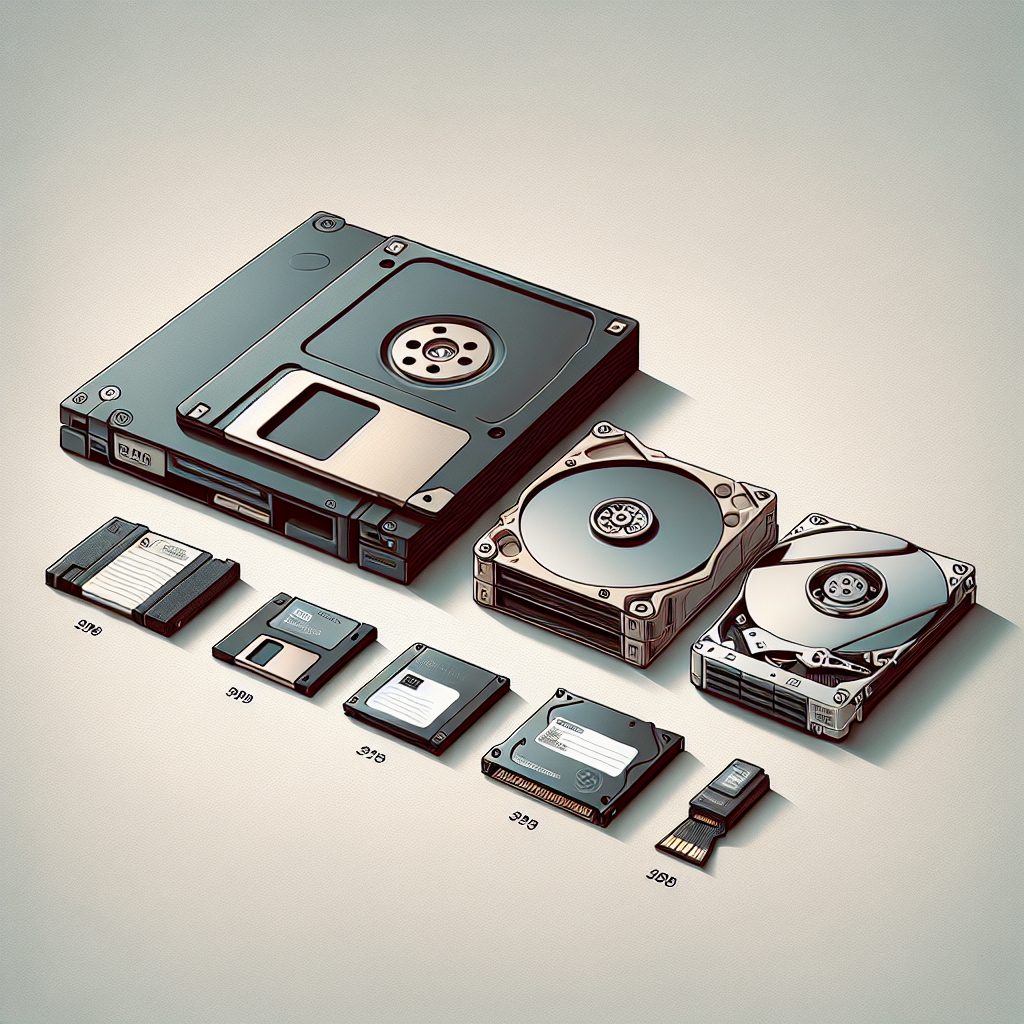Disk drives have come a long way since the early days of computing. From the bulky floppy disks of the 1970s to the sleek solid-state drives of today, the evolution of storage technology has been nothing short of remarkable.
The first commercially available disk drives were introduced in the late 1950s and early 1960s. These early disk drives used magnetic storage to store data on spinning disks, and were incredibly large and expensive. The introduction of the floppy disk in the 1970s revolutionized the way data was stored and accessed. Floppy disks were smaller, more portable, and could store more data than their predecessors, making them a popular choice for personal computers.
However, floppy disks had their limitations. They were slow, prone to data corruption, and had limited storage capacity. As technology advanced, new forms of storage media were introduced, such as hard disk drives (HDDs) and optical disks. HDDs used spinning platters to store data and offered much greater storage capacity than floppy disks. Optical disks, such as CDs and DVDs, used lasers to read and write data, providing even more storage options for consumers.
The next major advancement in disk drive technology came with the introduction of solid-state drives (SSDs). SSDs use flash memory to store data, eliminating the need for moving parts and significantly increasing read and write speeds. SSDs are also more durable and reliable than traditional HDDs, making them a popular choice for high-performance computing applications.
Today, SSDs are widely used in laptops, desktops, and servers, offering faster boot times, quicker file transfers, and improved overall performance. In addition, SSDs are becoming more affordable, making them accessible to a wider range of consumers.
As technology continues to evolve, the future of disk drives is uncertain. Some experts predict that SSDs will eventually replace HDDs as the dominant form of storage media, while others believe that new technologies, such as holographic storage or DNA storage, will revolutionize the way data is stored and accessed.
Regardless of what the future holds, one thing is certain: the evolution of disk drives has been a fascinating journey, from the clunky floppy disks of the past to the lightning-fast SSDs of today. And who knows what the next chapter in the story of storage technology will bring?


Leave a Reply